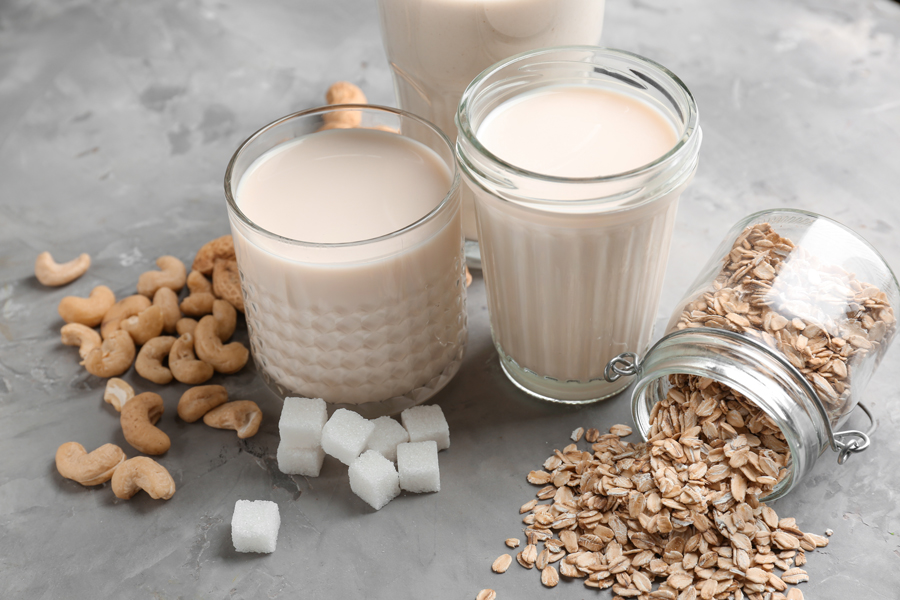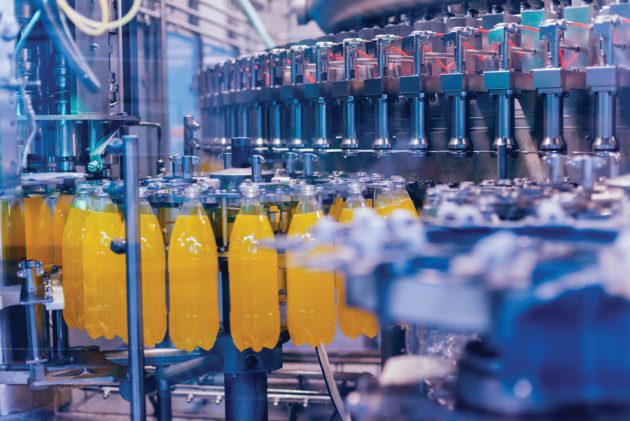
Solving food safety challenges in beverages
October 14, 2021
By John Menton

To consumers, much like the perceived interchangeability of best before and use-by dates, quality and shelf life are synonymous with safety. The industry has historically been challenged to protect beverage quality and extend shelf life without using preservatives or high energy processes that slow down the supply chain. After certain cold-filled and heat-treated beverages are opened, there can sometimes be a gap in food safety hurdles to protect the beverage and its consumer from issues in the event of contamination or from natural spoilage.
Beverage safety has been a concern of consumers for many years. In fact, fruit juice, according to ingredient solutions provider Kerry’s recent proprietary research, is the number two menu item (behind meat) flagged by the public as a food safety worry. The reality is that keeping a beverage protected over its shelf life has never been a simple task. And now, given the availability of new plant protein beverages—amid rising consumer demand for familiar-sounding preservative ingredients in foods and beverages without compromising flavour—the challenge can be particularly complex.
Given the situation, when thinking about food and beverage processing “preservation,” it might be helpful to use the term “protection” instead, as the latter also encompasses the maintenance of taste, texture and colour while addressing consumer health demands. Today, the task requires a broader view, along with a high degree of reliability—in short, a multi-technology systems approach to beverage preservation/protection and safety. Adding to this beverage-preservation challenge is a strong desire by consumers to reduce sugar intake: while positive for public health, removing sugar can adversely impact a beverage’s shelf life and taste, as sugar acts as a natural preservative by lowering water activity within the beverage.
The following discussion identifies some of the key hurdles facing plant-based beverage processors seeking to improve their current products (or develop new options) to meet emerging consumer demands for healthier beverages offering cleaner labels.
Added functionality and safety
In the functional beverage category, process stability of key ingredients (e.g. protein) is vital. Heat treatment, the most commonly used method for ensuring optimal shelf life of pH-neutral beverages, is necessary to ensure microbial safety of ready-to-drink (RTD) beverages. Unfortunately, by inducing protein denaturation, heat can have a negative impact on protein stability in the finished beverage, and in turn, adversely impact taste.
Some strategies are now available to alleviate the problem of protein denaturation during heat-based preservation treatments.
One, using hydrolysed proteins (dairy and plant), results in proteins that are generally more heat-stable than their “intact” counterparts.
Second, protein ingredients that are left intact can overcome instability issues through a careful adjustment of processing parameters—temperature, duration and process technologies—in order to ensure minimal denaturation.

A multi-technology systems approach will be helpful to address beverage preservation/protection and safety.
Photo © Romaset / Adobe Stock
Clean-label preservation advances
According to a 2020 Innova research data, 23 per cent of new global beverage launches have a “no additives/preservatives” claim on their labels, a trend due in large part to a wholesale consumer rejection of “chemically sounding” ingredients. Realistically, however, maintaining a consumer-friendly label can be formidable: if preservatives are not used, a product is likely to have a shorter shelf life.
Fortunately, natural solutions to this problem are already available. The key lies in using consumer-friendly, “food cupboard” solutions that will keep beverages fresh, safe and appealing while protecting quality over the duration of shelf life. Lemon juice and vinegar, to name two, are part of a range of natural ingredients that have a time-honoured history of at-home use to preserve fruits and vegetables. Now, similar solutions are being applied at scale in the commercial manufacture of beverages and other consumer products.
Utilizing these and other preservation ingredients brings together the very best of two worlds: expertise in preservation and innovation in food taste protection. Great taste can then be locked into beverages at the same time as lasting shelf-life advantages are unlocked, all without adding processing steps or using the preservatives consumers are rejecting.
These types of proven solutions, which exist in the marketplace already, can help beverage processors to both meet and exceed the goals being embraced by a rising number of consumers.
Further, since there is already a call for natural ingredients on beverage labels—real juice, natural flavours, naturally sourced colours, etc.—along with recognizable ingredient sources, these consumer-friendly preservation and protection ingredients translate perfectly for labelling purposes. In the pursuit of better, more natural ways to formulate beverages, investigating these clean advances may turn up some surprising benefits.
John Menton is applied health and nutrition lead in North America for ingredient solutions provider Kerry. He can be reached via email at john.menton@kerry.com.
This article was originally published in the September 2021 issue of Food in Canada.